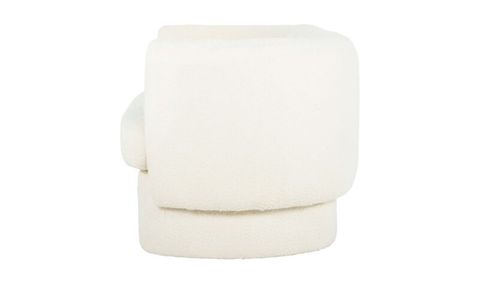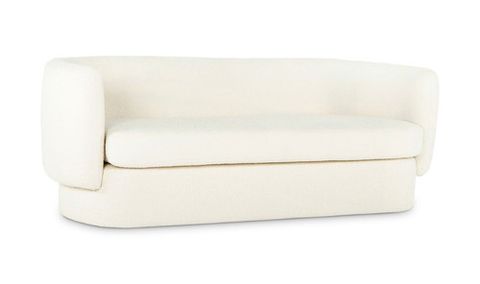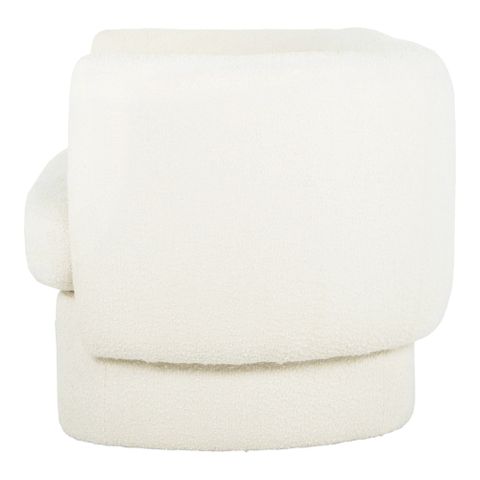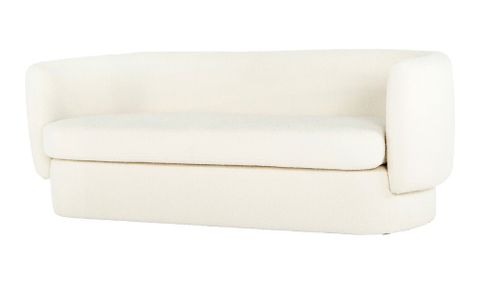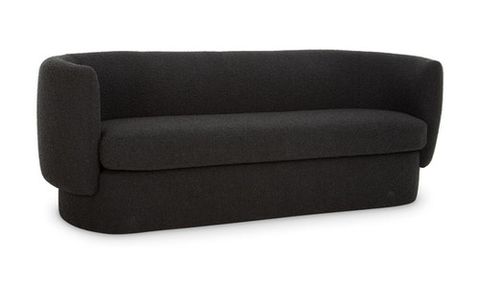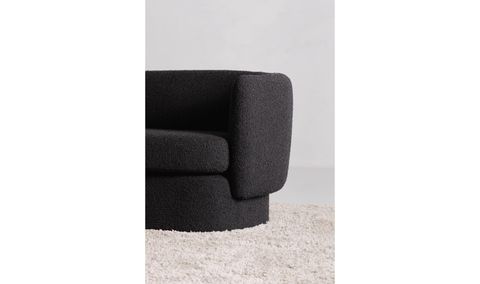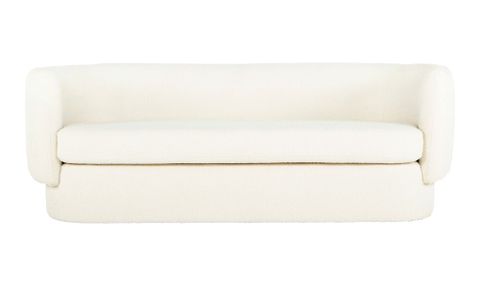You see a Koba sofa, and you see a beautiful piece of furniture. But what lies beneath that stylish exterior? It’s more than just looks; it’s a symphony of carefully chosen materials and meticulous construction that transforms a simple sofa into a lasting investment in comfort and design. Let’s pull back the curtain and explore what truly makes a Koba sofa stand out from the crowd.
We all want our furniture to look good, right? But when it comes to something as central to our homes as a sofa, we also crave comfort that lasts and quality that endures. Koba sofas have carved out a reputation for delivering just that. But what exactly goes into creating a sofa that feels as good as it looks, year after year? It’s a journey from raw materials to finished masterpiece, and it’s fascinating to understand the elements that contribute to its superior build and feel. Think of it as the anatomy of a great sofa, where every component plays a vital role in the overall experience.
The Foundation: Frame and Support Systems
Every great structure needs a robust foundation, and a Koba sofa is no exception. The frame is the skeleton, and for Koba, this typically means solid hardwood. We’re talking about kiln-dried hardwoods like oak or maple, chosen for their strength and stability. Why kiln-dried? It removes moisture, preventing warping and cracking down the line. You won’t find flimsy particleboard or weak engineered wood in a quality Koba build.
Then there’s the support system for the cushions. High-end sofas often use eight-way hand-tied springs. This is a traditional, labor-intensive method where springs are individually tied together with strong twine in eight directions. It offers exceptional support and prevents that dreaded sagging. Other excellent options include sinuous spring systems, which are S-shaped metal coils running front to back, providing consistent support and durability. The key is a system that distributes weight evenly and bounces back, ensuring your sofa remains comfortable and supportive for a very long time.
Cushioning: The Heart of Comfort
This is where the magic of comfort truly happens. Koba sofas typically offer a range of cushioning options, each designed to provide a specific feel and level of support.
- Foam: High-density foam is a popular choice. It offers a firm, supportive base that won’t easily compress. The density is key here; a higher density foam will last longer and maintain its shape better.
- Down and Feather Blends: For that sink-in, luxurious feel, many Koba sofas incorporate down and feather blends. These are often wrapped around a foam core for a balance of softness and support. The feathers provide loft and plushness, while the foam prevents you from sinking too far.
- Fiberfill: While sometimes used, pure fiberfill can compress over time. In quality Koba sofas, it’s often used in conjunction with foam or down to add a bit of softness and loft.
The construction of the cushion itself also matters. Look for well-stitched casings that prevent the filling from shifting and ensure an even distribution of comfort.
Upholstery: Fabric and Leather Choices
The material that covers your sofa is your first tactile experience, and Koba doesn’t compromise here. Whether you opt for fabric or leather, the quality is evident.
Fabrics: You’ll find a curated selection of durable and beautiful fabrics. Think high-performance polyesters, rich chenilles, soft yet sturdy cotton blends, and luxurious velvets. The weave and weight of the fabric are crucial indicators of its longevity and resistance to wear and tear. A tightly woven, heavier fabric will generally hold up better against daily use and pets.
Leathers: Koba often uses top-grain or full-grain leathers. These are the highest quality hides, retaining the natural grain and character of the animal. They are supple, durable, and develop a beautiful patina over time. Avoid sofas that use bonded leather, which is essentially leather scraps bonded together with adhesive and is far less durable. The tanning and finishing process also play a significant role in the leather’s feel and resilience. A well-tanned leather will be soft to the touch and resistant to cracking.
The Craftsmanship: Stitching and Finishing
Beyond the materials, it’s the human touch – the craftsmanship – that truly elevates a Koba sofa. Pay attention to the details. The stitching should be neat, even, and strong, with no loose threads or skipped stitches. Double-stitching is often used in high-stress areas for added durability.
Look at how the fabric is applied. Is it pulled taut and smooth, with well-matched seams and patterned alignment? Are the welting and piping crisp and precise? These are hallmarks of skilled upholstery work. Even the hidden details, like how the fabric is secured to the frame, speak volumes about the care taken in construction. A well-made sofa feels solid and substantial, with no creaks or wobbles when you sit on it.
Durability and Longevity: What to Expect
Investing in a Koba sofa means investing in furniture designed to last. The combination of a strong hardwood frame, quality spring systems, resilient cushioning, and durable upholstery creates a piece that can withstand the rigors of daily life.
Think about it: a sofa is often the most used piece of furniture in a living room. It’s for relaxing, entertaining, and sometimes even napping. A quality Koba sofa is built to handle all of that and more. The materials are chosen not just for their immediate comfort and appearance, but for their ability to age gracefully and maintain their structural integrity for many years. This isn’t fast furniture; it’s a piece designed to be a part of your home for a decade or more.
Making Your Choice: What to Look For
When you’re in the market for a new sofa, keeping these elements in mind can help you discern true quality. Don’t be afraid to ask questions about the frame material, the spring system, and the cushion construction. Sit on the sofa, feel the fabric, and inspect the stitching.
- Test the Frame: Gently try to rock the sofa. A solid frame should feel stable.
- Check the Springs: Press down on the seat. Do you feel even support?
- Examine the Upholstery: Look closely at the seams and stitching for neatness and strength.
- Feel the Cushions: Are they supportive yet comfortable? Do they spring back when you stand up?
Understanding the materials and construction isn’t just about ticking boxes; it’s about empowering yourself to make an informed decision and choose a sofa that will bring you joy and comfort for years to come.
So, the next time you admire a Koba sofa, you’ll know that its beauty is more than skin deep. It’s a testament to thoughtful design, superior materials, and expert craftsmanship. From the solid hardwood frame to the carefully selected cushioning and durable upholstery, every element is chosen and assembled with a commitment to lasting quality and unparalleled comfort. It’s this dedication to the inside story that truly makes a Koba sofa a worthwhile and cherished addition to any home, offering a sanctuary of comfort that stands the test of time.

